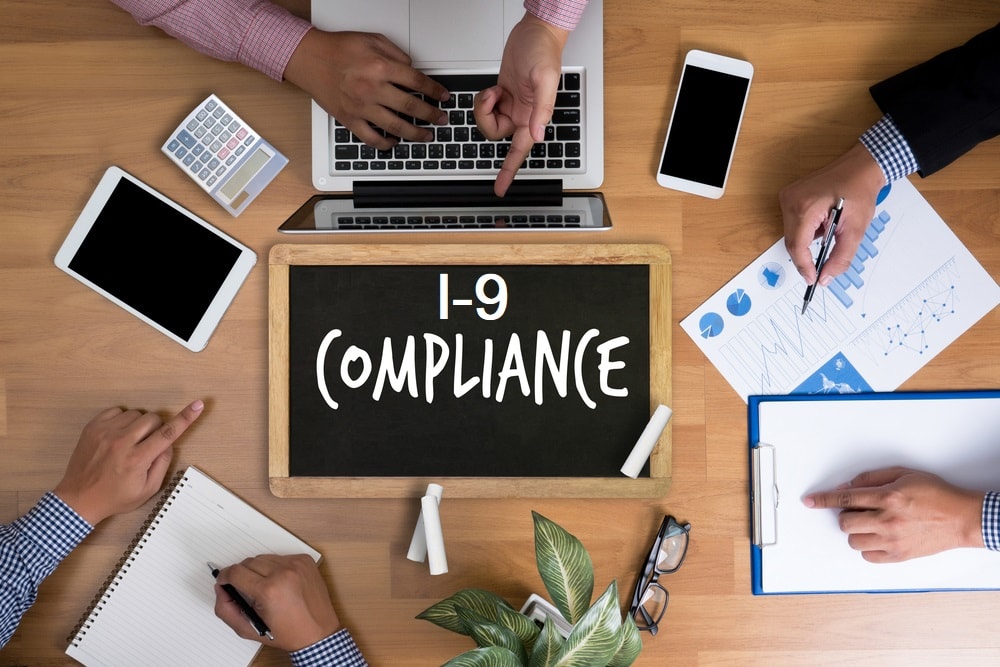Important Update on I-9 Policy: Remote Document Inspection Now Permitted
In a world where remote work has become a prevailing norm, traditional processes are evolving to adapt to this new reality. The United States Citizenship and Immigration Services (USCIS) has recognized this shift and recently introduced a groundbreaking policy that allows for remote document inspection in the Form I-9 verification process. This policy not only reflects the changing dynamics of the workforce but also emphasizes the importance of innovation in maintaining compliance.
The Need for Flexibility:
As organizations increasingly adopt remote work arrangements, the logistical challenges of verifying employment eligibility in person have become more pronounced. The USCIS’s decision to allow remote document inspection addresses these challenges head-on, providing employers with the flexibility they need to navigate the complexities of today’s work environment.
Key Points of the New Policy:
1. Remote Document Inspection: The USCIS has recognized the growing need for flexibility in the Form I-9 verification process, especially in light of the remote work arrangements that have become more prevalent. As a result, employers are now permitted to inspect Section 2 documents remotely via video call, fax, email, or other electronic means.
2. Physical Inspection within Three Business Days: While remote inspection is now permissible, employers are still required to complete the I-9 process within the standard timeframe. After the remote inspection, employers must physically examine the original documents within three business days of the employee’s first day of work. This in-person verification ensures the authenticity of the documents.
3. Maintaining Proper Records: Employers must retain copies of the documents used for verification, whether they are viewed in-person or remotely. It’s crucial to maintain clear and accurate records to demonstrate compliance with the new policy and to fulfill any potential audit requirements in the future.
4. Remote Section 3 Updates: If an employee’s work authorization or employment authorization documentation expires, employers can now remotely verify the updated documentation for Section 3 of the Form I-9. This provision adds further flexibility to the verification process.
5. Consistent Compliance: It’s important to note that while the policy allows for remote document inspection, the underlying requirements for proper completion of the Form I-9 remain unchanged. Employers are still responsible for ensuring that all necessary fields are properly filled out and that the appropriate documents are collected.
Our Recommendations:
– Stay Informed: We advise you to stay updated on the USCIS website and other reliable sources to ensure you are aware of any further changes or clarifications to this policy.
– Review Internal Processes: Take this opportunity to review and update your organization’s internal processes and procedures for I-9 verification to accommodate remote document inspection while maintaining compliance.
– Document Security: When conducting remote inspections, prioritize the security of sensitive documents and personal information. Utilize secure communication channels and data encryption.
– Training: Train relevant staff members who are responsible for verifying employment eligibility on the new policy and the procedures for remote document inspection. This will help avoid errors and ensure consistent adherence to the guidelines.
Conclusion:
As remote work reshapes the employment landscape, regulatory policies must evolve to keep pace. The USCIS’s new policy allowing for remote document inspection in the Form I-9 process is a significant step towards ensuring compliance while accommodating the realities of modern work environments. By embracing this flexibility and adapting internal processes accordingly, organizations can navigate the changing landscape while maintaining adherence to essential compliance requirements.
If you have any questions or need assistance in implementing these changes into your existing processes, please don’t hesitate to reach out to us. Our team is ready to provide guidance and support to ensure your organization remains compliant with the latest developments in employment verification.
Related News and Articles
The Capitol Immigration Law Group has been serving the business community for over 15 years and is one of the most widely respected immigration law firms focused solely on U.S. employment-based immigration. Disclaimer: we make all efforts to provide timely and accurate information; however, the information in this article may become outdated or may not be applicable to a specific set of facts. It is not to be construed as legal advice.

